Choosing an interactive whiteboard for a classroom can be tough for a teacher if they’re not tech-savvy. Teachers can feel overwhelmed and disconnected from their students when using all the features of a modern interactive whiteboard. But the point is it doesn’t matter what board you choose as long as the
students can learn on the same one for years to come. Don’t change the system once the students are used to it. When the students are comfortable with the system they can get the most out of it.
Interactive whiteboards are great for education because they cater to different types of learners. But before you choose a whiteboard for your classroom you need to check its features carefully. You also need to feel comfortable using the board and your students get a chance to use it and teach their peers.
As digital natives, students learn best through hands-on experiences. If they’re not allowed to interact with the board and its accessories they might get too distracted by the technology itself and miss out on the content.
So let’s get started with the key things to consider when choosing an interactive whiteboard for your classroom:
Type of Whiteboard
First of all, do you want to install a physical interactive whiteboard or upgrade your existing dry-erase board or wall to an interactive board? There are many options out there.
Size and Space
How much space do you have for the board? Many companies offer customised solutions so you have plenty of choice. Some offer smaller sizes for smaller spaces and others offer systems that turn a regular wall into an interactive one with a projector.
Software
Most interactive whiteboards come with software pre-installed. Some companies offer a complete educational suite for schools which includes features like curated educational content, automated attendance tracking and student engagement analysis. For example, Newline interactive whiteboards
come with built-in interactive software.
DynamicCom offers the world's thinnest portable touch monitor, Espresso Display. This innovative device acts as your second screen and drawing tablet, providing high performance and flexibility anywhere you go.
Accessories
Depending on your needs you can choose from a range of accessories that come with an interactive whiteboard. These can include a stylus, speakers, microphones, a student-response system and high-resolution cameras.
Flexibility
If you need a permanent solution a physical whiteboard might be best. But there are also boards with adjustable heights and ones that can be moved from classroom to classroom.
Installation, Support and Training
The level of training and support can vary between companies. Some only cater to educational institutions and provide training for teachers and students. It’s best to choose technology that is easy to use and doesn’t require frequent training sessions. All interactive whiteboard companies have trained
professionals to help with setup.


